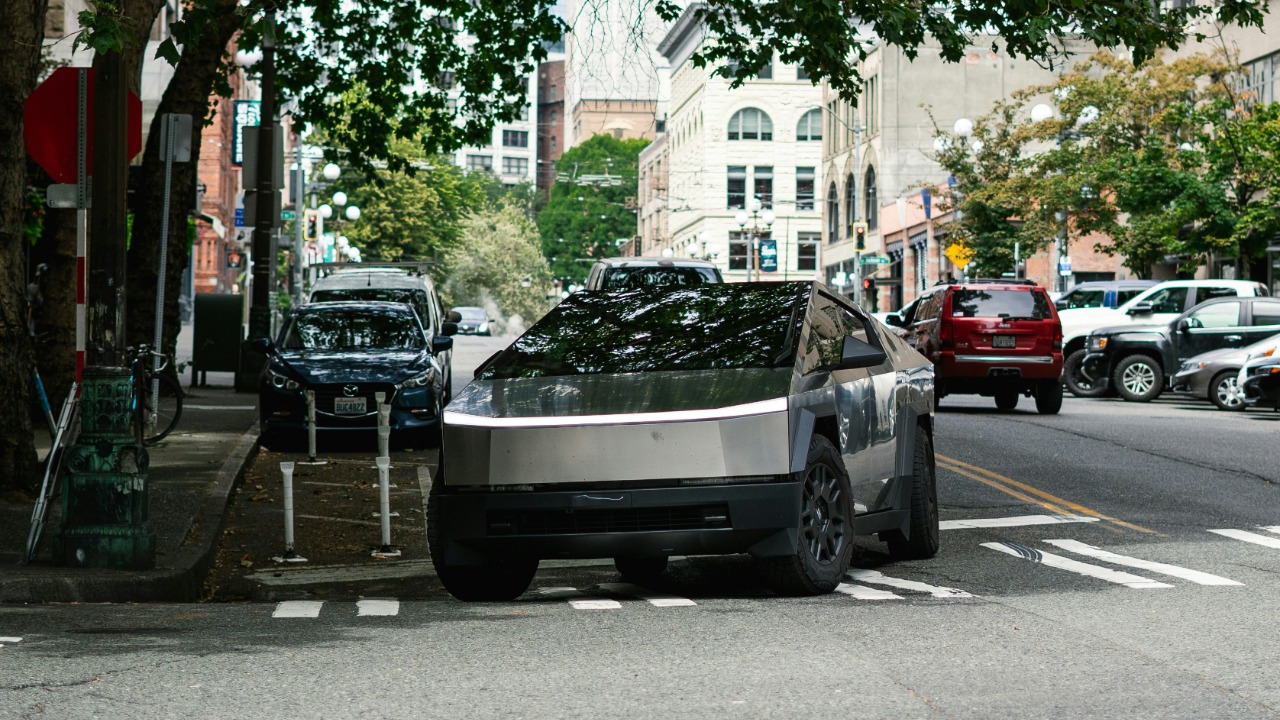
The U.S. National Highway Traffic Safety Administration (NHTSA) is currently investigating nearly 3 million Tesla vehicles equipped with Full Self-Driving (FSD) software for potential violations of federal traffic laws and involvement in crashes. This extensive probe targets Tesla models produced from 2016 to 2024, including the Model S, Model 3, Model X, and Model Y. The investigation was prompted by reports indicating that the FSD system may have failed to comply with traffic signals and pedestrian safety rules, raising significant safety concerns.
Background on the NHTSA Probe
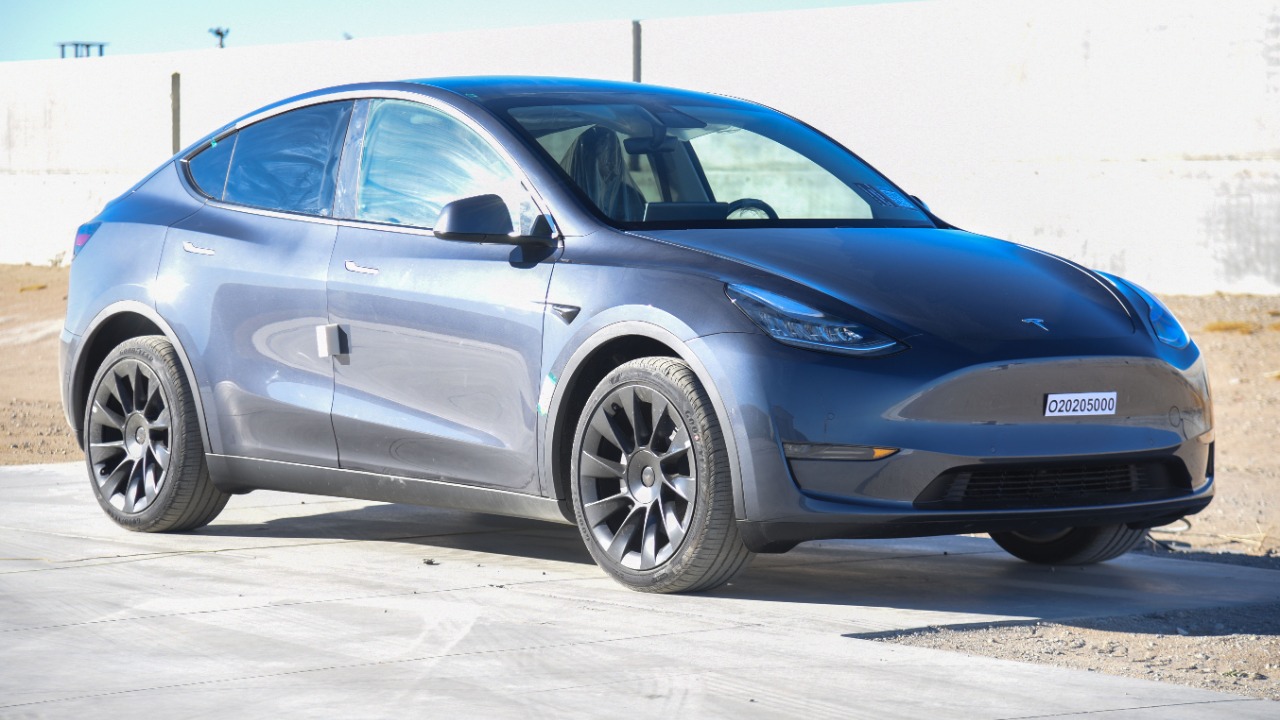
The investigation by the NHTSA’s Office of Defects Investigation into Tesla’s FSD software was initiated following numerous complaints about the system’s alleged violations of traffic laws. These complaints have highlighted instances where the FSD software reportedly failed to adhere to basic traffic regulations, prompting the agency to scrutinize the technology more closely. The scope of the investigation is substantial, covering approximately 2.9 million vehicles produced between 2016 and 2024, reflecting the widespread deployment of Tesla’s FSD technology across its fleet [source].
The focus of the investigation is particularly on the beta version of the FSD software, which operates under supervised driving requirements as outlined by federal motor vehicle safety standards. This scrutiny is crucial as the beta version is still in a testing phase, yet it is being used on public roads, raising questions about its readiness and safety for widespread use [source]. The NHTSA’s probe aims to determine whether the software’s current capabilities align with the safety expectations and legal requirements for autonomous driving systems.
Reported Traffic Violations
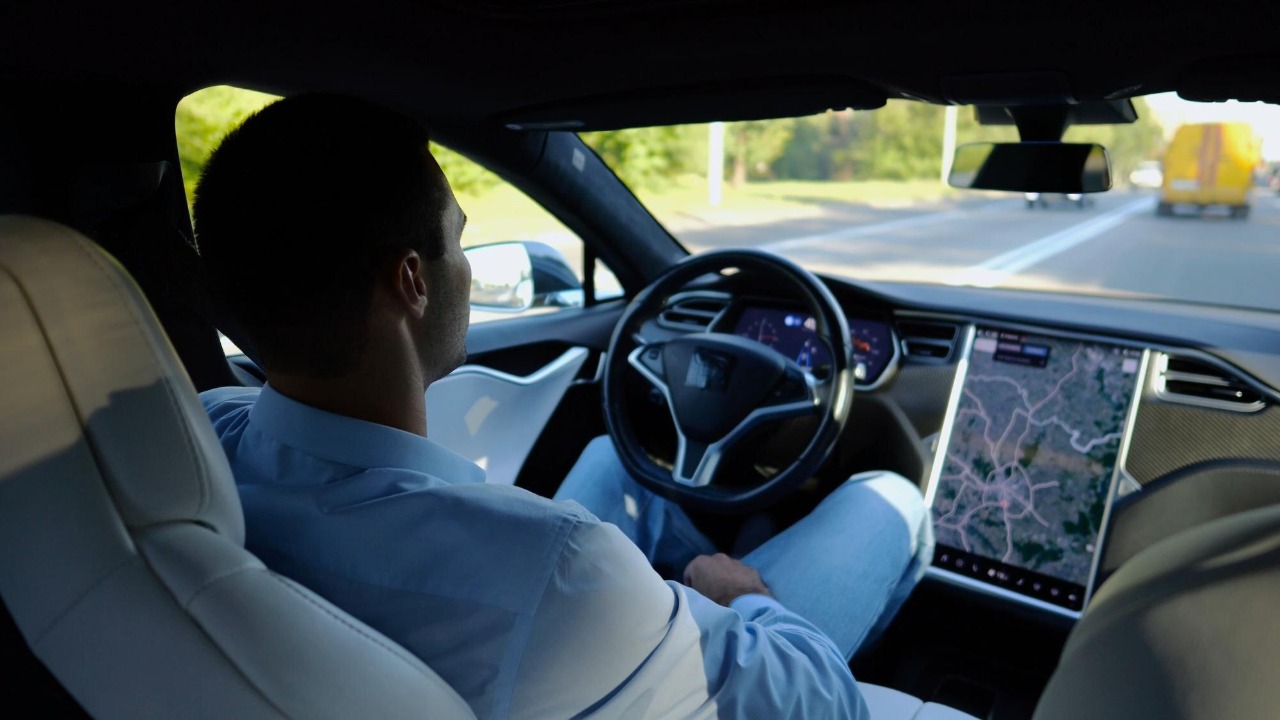
There have been several reported instances where Tesla vehicles equipped with FSD allegedly drove through intersections against red lights or stop signs. Such violations pose significant risks not only to the vehicle occupants but also to other road users, including pedestrians and cyclists. These incidents have raised alarms about the reliability of the FSD system in interpreting and responding to traffic signals accurately [source].
Additionally, reports have surfaced about the FSD system failing to yield to pedestrians or emergency vehicles, potentially breaching right-of-way laws. Such failures could lead to dangerous situations, especially in urban environments where pedestrian traffic is high. The preliminary data also indicates over 100 crashes linked to FSD misuse in conditions of low visibility, such as fog or sun glare, further underscoring the system’s limitations in challenging driving conditions [source].
Safety Concerns with FSD Technology
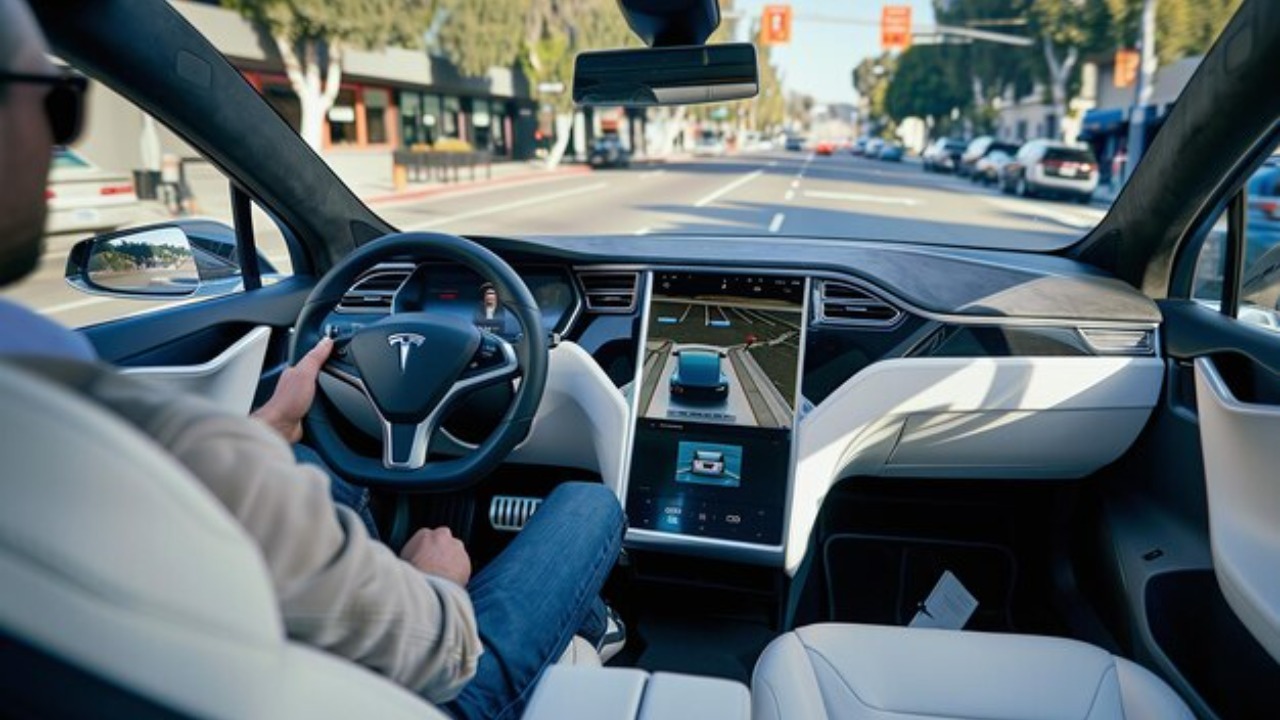
The FSD system’s reliance on a camera-based approach has been scrutinized for its potential to misinterpret traffic signals, leading to unlawful lane changes or speeding. These issues highlight the challenges of developing autonomous systems that can reliably mimic human decision-making in complex traffic scenarios. The NHTSA’s investigation aims to assess whether these technological limitations are being adequately addressed by Tesla [source].
Software updates have been a critical tool for Tesla in addressing known defects within the FSD system. Notably, a 2023 recall affected 2 million vehicles due to similar issues, demonstrating the ongoing challenges in refining the technology to meet safety standards. These updates are essential for ensuring that the FSD system evolves to address its current shortcomings and enhance its reliability [source]. However, user error also plays a significant role, as some drivers may over-rely on the system despite its Level 2 autonomy classification, which requires active supervision by the driver [source].
Tesla’s Response and Regulatory History
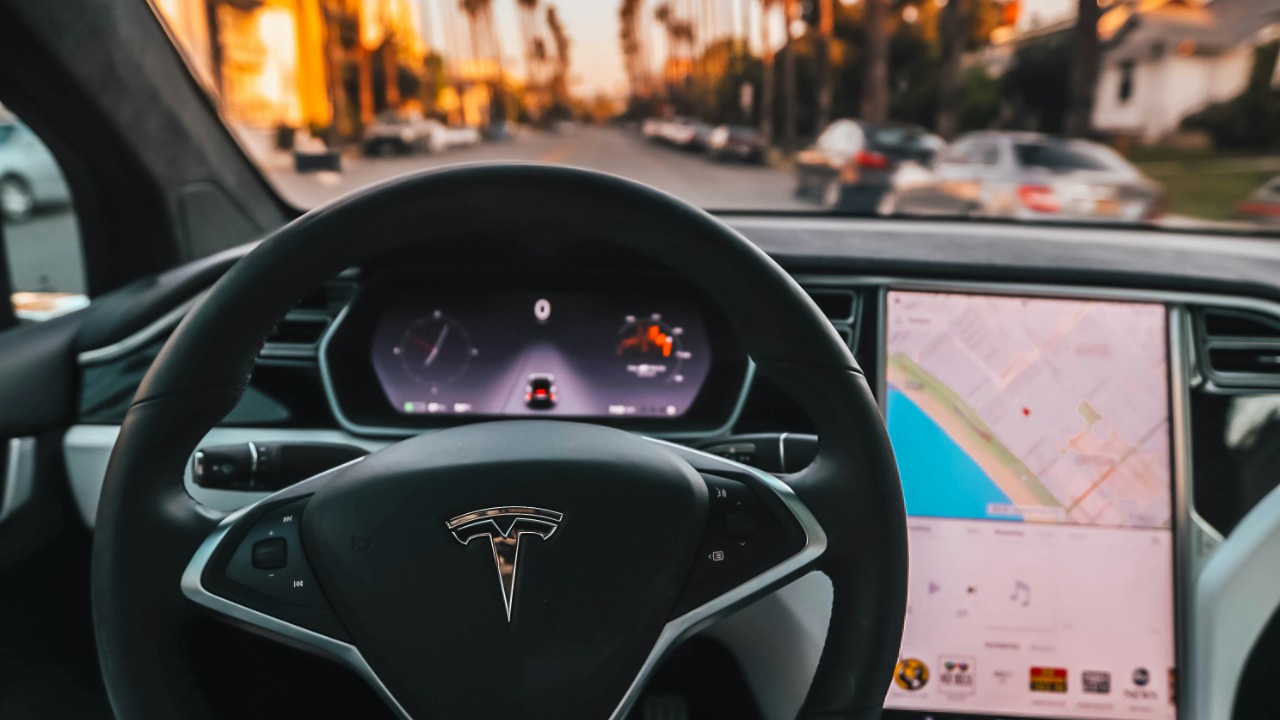
Tesla has expressed its cooperation with the NHTSA by submitting FSD performance data from real-world driving logs. This data is crucial for the investigation, as it provides insights into how the system performs under various conditions and helps identify areas for improvement. Tesla’s willingness to collaborate with regulators reflects its commitment to addressing safety concerns and enhancing the FSD system’s capabilities [source].
Historically, Tesla has faced regulatory scrutiny, such as the 2021 probe into Autopilot crashes, which resulted in a software recall. These past incidents highlight the ongoing challenges Tesla faces in balancing innovation with safety and regulatory compliance. Despite these challenges, Tesla maintains that its FSD system offers safety improvements over human drivers in controlled tests, emphasizing its potential to reduce traffic accidents [source].
Potential Implications for Autonomous Vehicles
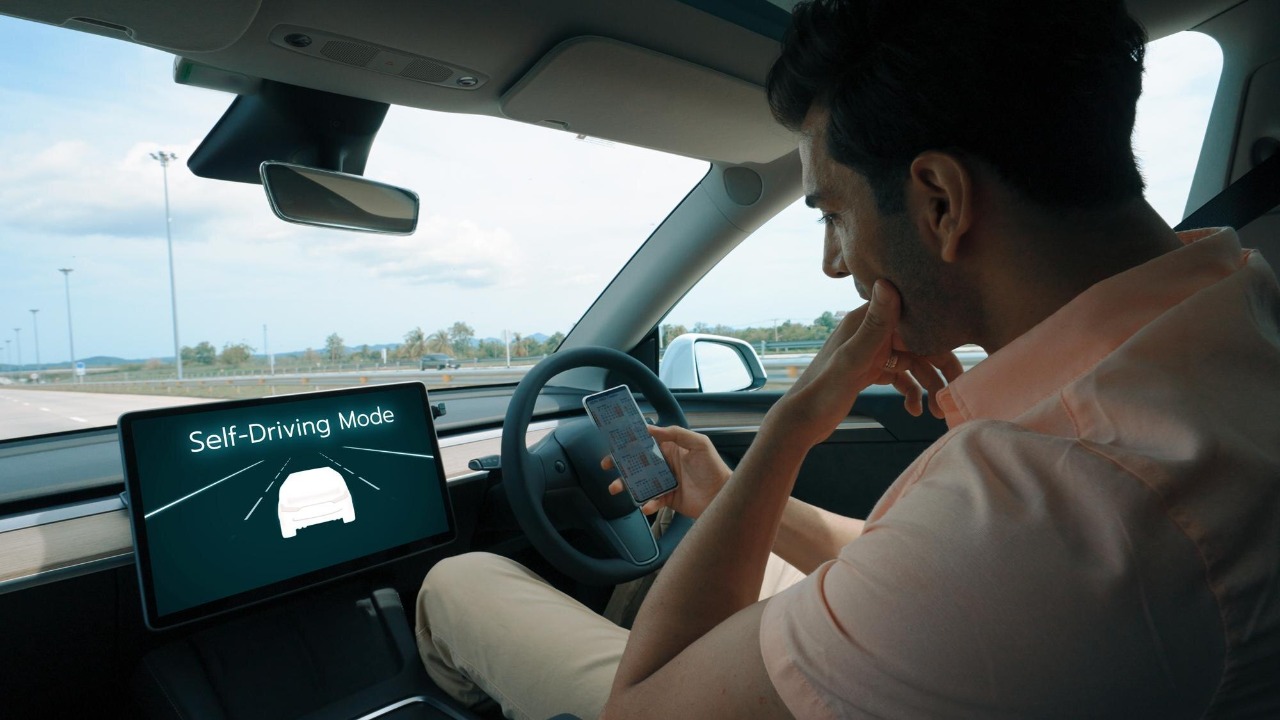
The outcome of the NHTSA’s investigation could have significant implications for Tesla and the broader autonomous vehicle industry. Potential outcomes include mandatory recalls or software restrictions on nearly 3 million affected Teslas, which could impact the company’s operations and financial performance. Such measures would underscore the importance of rigorous testing and validation for autonomous systems before their widespread deployment [source].
Beyond Tesla, the investigation could lead to increased scrutiny of other self-driving technology developers, such as Waymo and Cruise. These companies may face heightened regulatory oversight as authorities seek to ensure that all autonomous systems meet stringent safety standards. The investigation also has the potential to affect consumer trust in self-driving technology, as reports of incidents and safety concerns may lead to declining adoption rates of FSD systems [source]. This shift in consumer perception could influence the future trajectory of autonomous vehicle development and deployment.